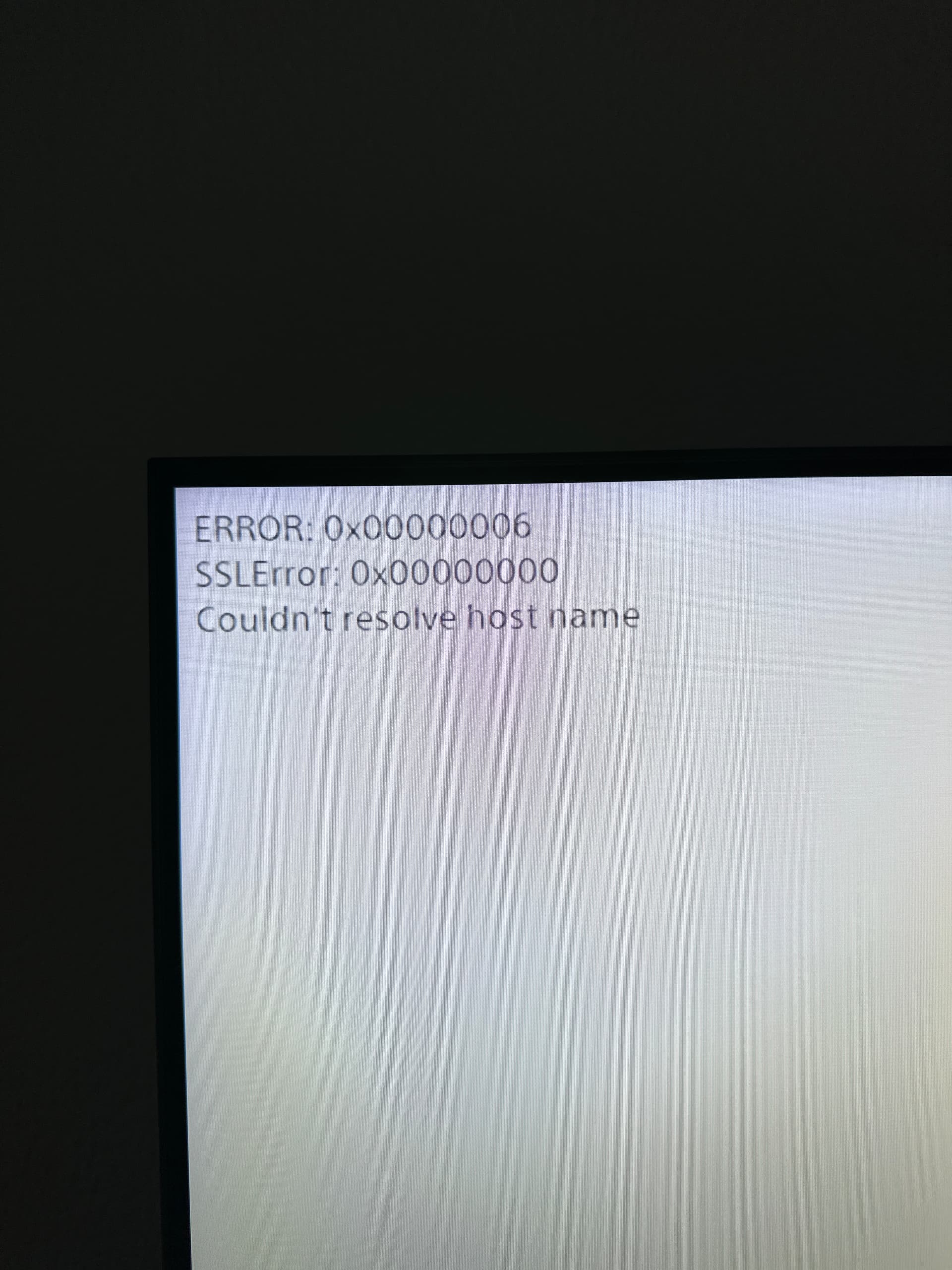Avoid SSL Errors: Mastering Hostname Updates the Easy Way
Introduction
The internet has become an integral part of our lives, connecting us to information, entertainment, and each other. However, with the increased reliance on the internet comes the increased risk of cyber threats. One such threat is SSL errors, which can prevent users from accessing secure websites and put their personal data at risk. This essay critically examines the complexities of SSL errors, explores the challenges involved in hostname updates, and provides a comprehensive guide to mastering hostname updates and eliminating SSL errors.
Understanding SSL Errors
SSL (Secure Sockets Layer) is a cryptographic protocol that establishes a secure connection between a web server and a client (e.g., web browser). It ensures that data transmitted between the two parties is encrypted and protected from eavesdropping. SSL errors occur when the client receives an invalid or untrusted SSL certificate from the web server.
Common SSL errors include:
- NET::ERR_CERT_INVALID: The SSL certificate is invalid or expired.
- NET::ERR_CERT_COMMON_NAME_INVALID: The hostname specified in the SSL certificate does not match the hostname of the website being accessed.
- SEC_ERROR_UNKNOWN_ISSUER: The issuer of the SSL certificate is not recognized.
Hostname Updates: A Central Challenge
Hostname updates are a critical aspect of SSL error resolution. When a hostname changes, the SSL certificate must be updated to reflect the new hostname. Failure to do so results in SSL errors.
Updating hostnames can be a complex process, especially for websites that use multiple subdomains or have high traffic volumes. It involves modifying DNS (Domain Name System) records, re-issuing SSL certificates, and updating website configurations.
To ensure seamless hostname updates and prevent SSL errors, it is crucial to follow a systematic approach that includes:
- Planning and communication: Notify stakeholders about the hostname change and coordinate efforts across teams.
- DNS record modification: Update DNS records to point to the new hostname.
- SSL certificate re-issuance: Obtain a new SSL certificate with the updated hostname.
- Website configuration updates: Modify website configurations to use the new SSL certificate and reflect the hostname change.
Different perspectives exist on the best practices for hostname updates. Some experts advocate for immediate hostname updates, while others recommend a more gradual approach to minimize disruption.
Proponents of immediate updates argue that they eliminate SSL errors promptly and ensure a consistently secure connection. However, this approach can be disruptive, especially for websites with high traffic volumes or complex configurations.
Supporters of gradual updates suggest a phased approach, updating hostnames for non-critical subdomains first and gradually rolling out changes to more critical areas. This approach allows for testing and troubleshooting, reducing the risk of outages or major disruptions.
The optimal approach to hostname updates depends on the specific circumstances and risk tolerance of the organization.
Comprehensive Guide to Mastering Hostname Updates
To successfully master hostname updates and eliminate SSL errors, follow these steps:
Conclusion
SSL errors can be a significant roadblock to secure internet access, potentially compromising user data and damaging website credibility. By understanding the complexities of SSL errors, particularly those related to hostname updates, organizations can develop effective strategies to prevent and resolve these issues.
Is Your Data Safe? The Ultimate Local Continuous Replication Checklist
The App You NEED But Can't Have (Yet)
4075 Easyway Drive: You Won't Believe What Happened Next


